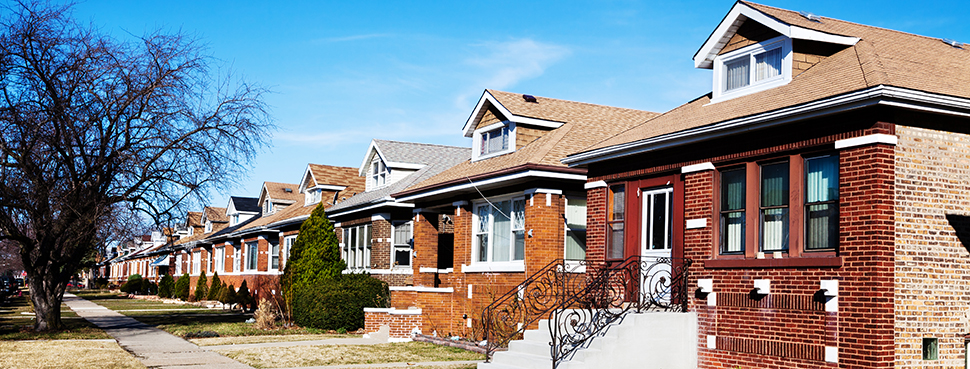Spotlight on Zoning Practice
It's Perilous to Ignore “Gentle” Zoning Reforms

Minneapolis has received a lot of attention in the zoning-reform discourse since it first signaled its intention to eliminate single-family-only zoning in late 2018. However, the key zoning provisions have been on hold since June 2022, when a local judge ruled that the city had not satisfied the requirements of the Minnesota Environmental Rights Act. And there's been at least one other similar setback: Less than three months after their predecessors voted to eliminate single-family-only districts, Gainesville, Florida's newly elected city commission ordered staff to draft petitions to revert to the prior zoning standards.
According to Jackie Wells, AICP, and John Houseal, FAICP, authors of the February issue of Zoning Practice, "Practice Gentle Density," pushback to bold zoning reforms can't be easily dismissed. As with so many planning issues, context matters. That's why Wells and Houseal think it's important to zoom in on the zoning standards that can unlock "gentle" density increases that respect the immediate neighborhood context.
The Limits of Blanket Reforms
As Wells and Houseal point out, in recent years several states have embraced blanket preemptions of specific zoning standards or techniques. These include broadly applicable bans on single-family-only zoning in Oregon, California, and Maine and bans on residential design standards for all detached homes and duplexes in North Carolina and Oklahoma.
On the one hand, these preemptive acts seem like they could have a significant positive effect on increasing housing supply and improving affordability in those states. On the other hand, blanket approaches have some important shortcomings. For example, according to Wells and Houseal, California has implemented a series of bold reforms uniformly across wide areas of the state, but in doing so, it ignores the very real ways that site characteristics, such as slope, wildfire hazard, and flood risk, intersect with housing needs. Similarly, North Carolina and Oklahoma may have taken away a tool that would make higher residential densities palatable for many communities.
Subtle Changes, Big Results
Fortunately, meaningful zoning reform doesn't need to grab headlines to make a big difference. As Wells and Houseal point out, subtle changes can unlock big potential increases in residential density. For example, one of the most effective changes a community can make to its zoning code is a simple decrease in minimum lot area and width requirements.
In many contexts, the potential market for multifamily units is quite small, and expanding permissible housing types won't significantly increase the supply of housing. However, in many of those same places, the market for homes on small lots is much larger than the current supply, so allowing smaller lots can dramatically boost housing production.
And this certainly isn't the only subtle change with a big potential payoff. Wells and Houseal spotlight several other similarly impactful "gentle" zoning reforms.
Subscribe to Zoning Practice

Each issue of Zoning Practice provides practical guidance for planners and land-use attorneys engaged in drafting or administering local land-use and development regulations. An annual subscription to ZP includes access to the complete archive of previous issues.
Top image: Getty Images


